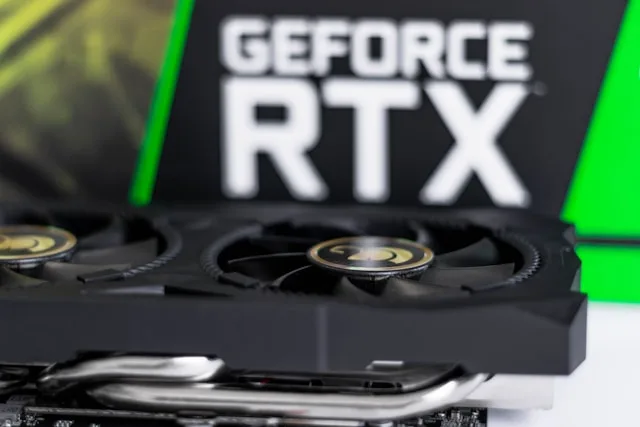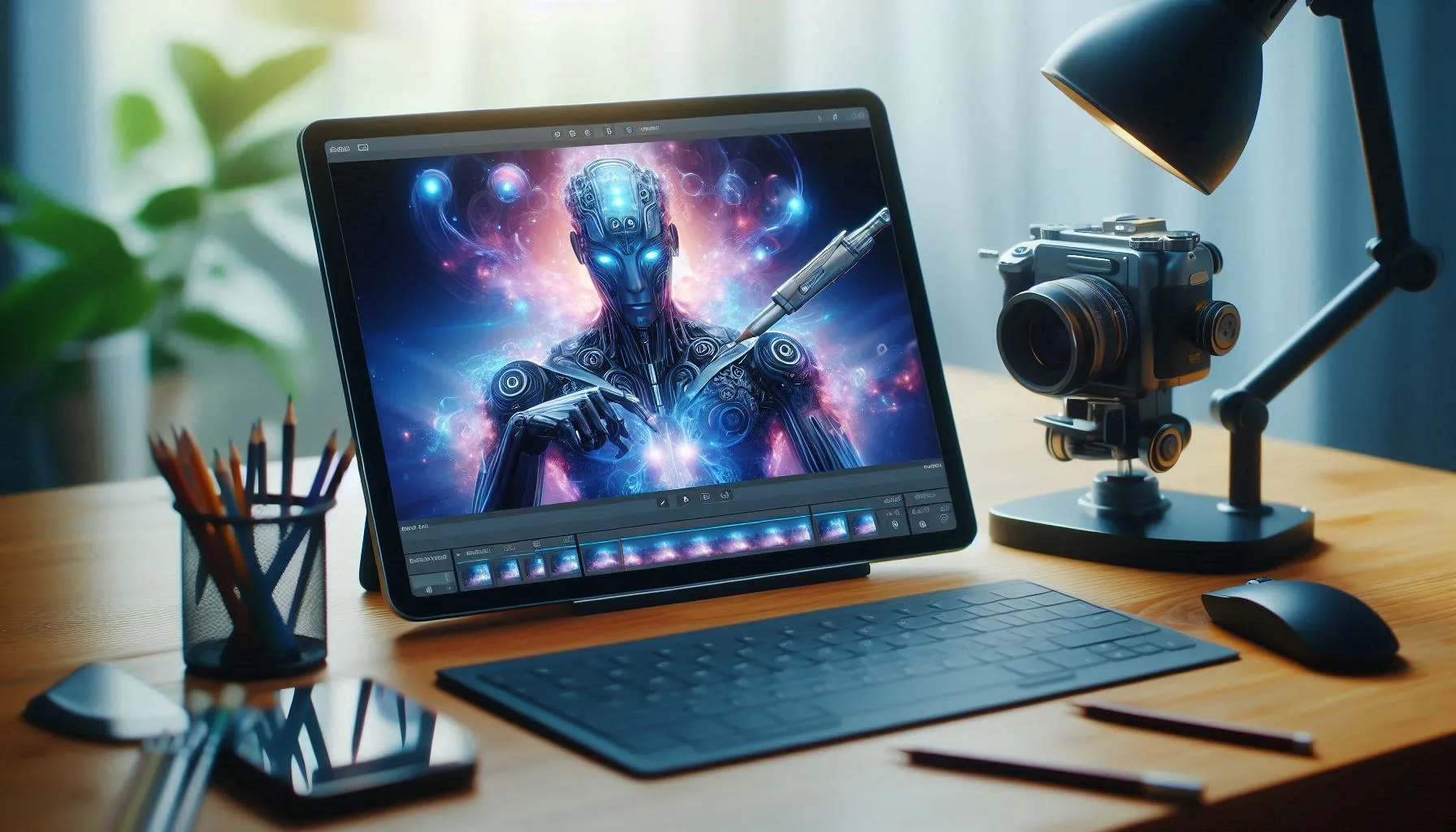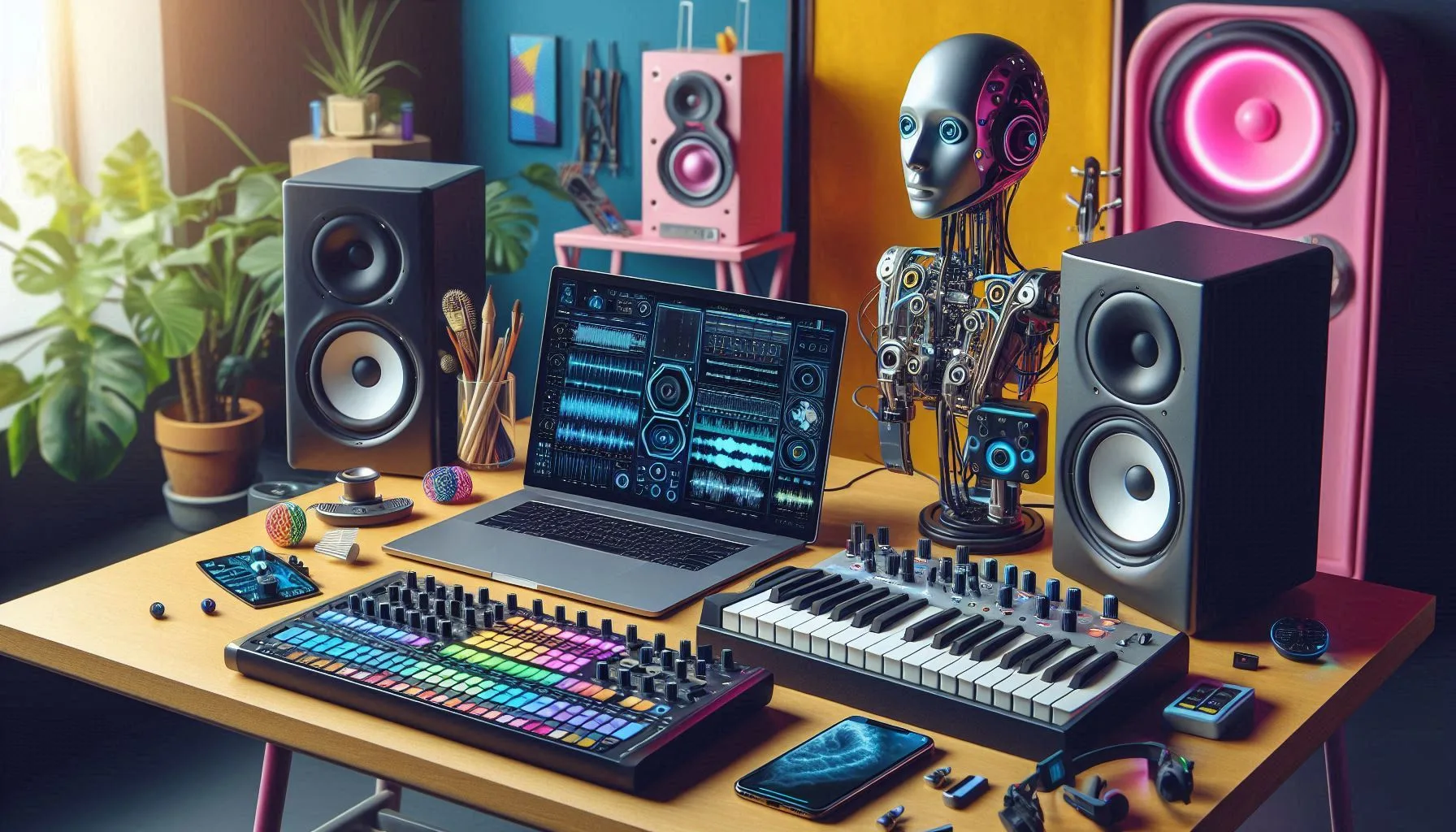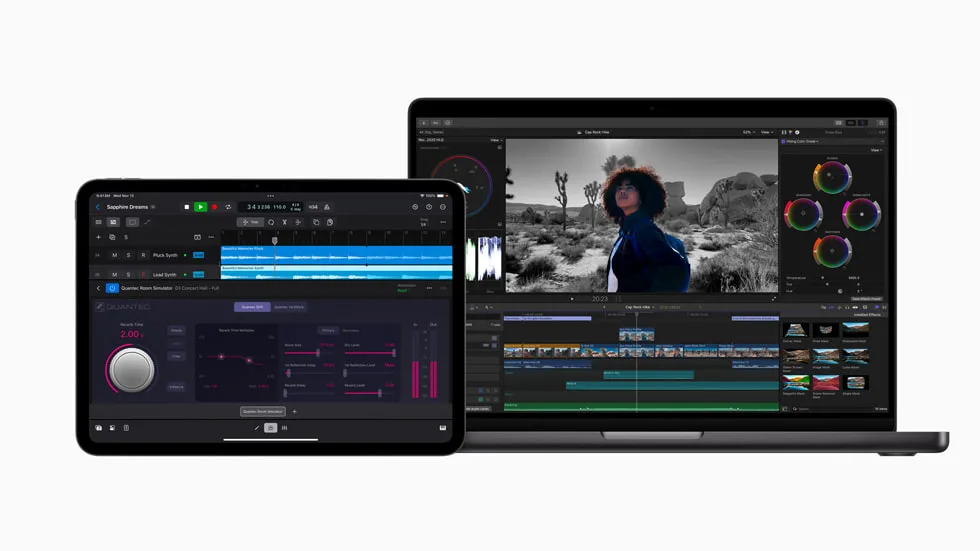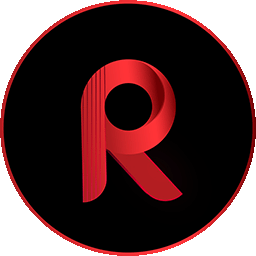The Top Audio Interfaces for 2024: Which One Will Power Your Studio?
An audio interface is the heart of any modern studio setup, converting analog signals from instruments and microphones into digital sound that your computer can process. Whether you’re recording vocals, guitars, or producing electronic music, the interface you choose plays a crucial role in the clarity, detail, and quality of your recordings.
As we enter 2024, there are more options than ever before when it comes to audio interfaces. With advancements in connectivity, preamps, and sound quality, finding the right interface can be overwhelming. But don’t worry—we’ve compiled a list of the top audio interfaces for 2024, ensuring you can choose the best one to power your studio.
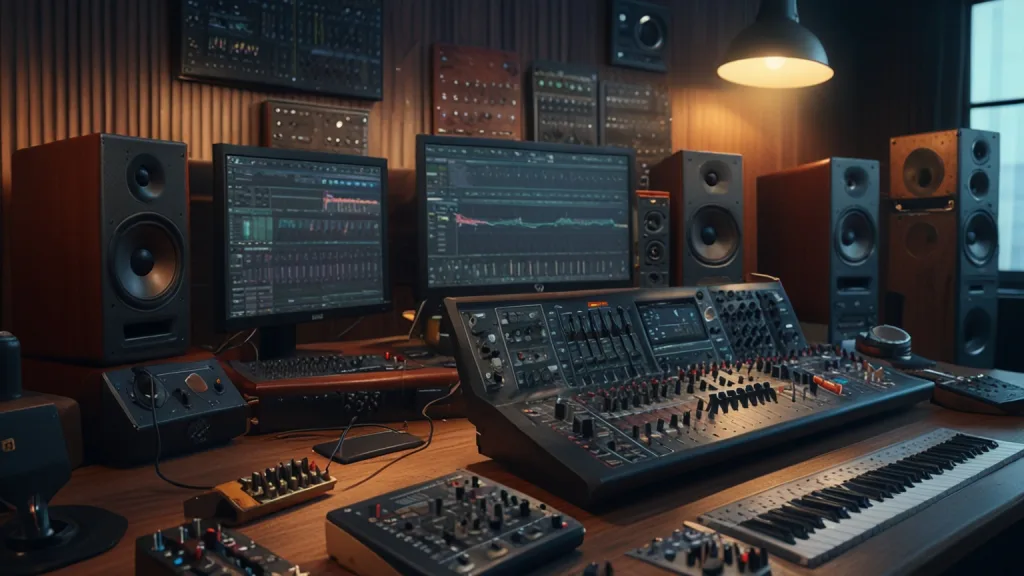
Key Features to Look for in an Audio Interface
1. Connectivity (USB, Thunderbolt, etc.)
The first thing to consider when shopping for an audio interface is connectivity. Interfaces come with different ports, and the choice you make will depend on your computer’s compatibility and your need for speed. USB interfaces are common and work with almost any computer, but for faster data transfer, Thunderbolt interfaces are worth considering. Thunderbolt connections provide faster speeds, ensuring lower latency and more reliable performance.
2. Preamp Quality
The preamps in an audio interface are responsible for amplifying your instrument or microphone’s signal to a usable level. High-quality preamps ensure clarity and accuracy, which is essential for producing professional-sounding tracks. Look for interfaces with solid preamps that provide clean, transparent amplification without introducing noise or distortion.
3. Input/Output Options
The number of inputs and outputs an interface has will directly impact how many devices you can connect. If you’re a solo producer, a compact interface with one or two inputs may be all you need. However, if you plan to record multiple instruments or work with a full band, you’ll need an interface with more I/O options to handle everything at once.
4. Latency
Latency is the delay between playing a note or singing into a microphone and hearing the sound through your speakers or headphones. Low latency is essential for a smooth recording experience, especially when recording in real-time or playing virtual instruments. Make sure to check the interface’s latency specifications, as some models offer near-zero latency, which is critical for seamless production.
5. Portability
If you’re frequently on the move, portability is a must. A compact interface that’s easy to transport can be a huge advantage. For example, if you’re recording outside of your primary studio or working from different locations, you’ll want an interface that can easily fit into your bag and deliver professional-level performance.
Top Audio Interfaces for 2024
1. Focusrite Scarlett 4i4 3rd Gen
The Focusrite Scarlett 4i4 is one of the best-selling audio interfaces for home studios and beginner producers. It offers four inputs and four outputs, making it perfect for small recording setups. With high-quality Scarlett preamps and low-latency performance, the 4i4 delivers exceptional sound without breaking the bank. If you’re just starting or need a reliable interface for a small studio, the Scarlett 4i4 is an excellent choice.
2. Universal Audio Apollo Twin X
For those seeking premium sound quality, the Universal Audio Apollo Twin X is a top-tier interface that offers pristine audio performance. With a powerful 2-in/6-out configuration and UAD preamp emulations, the Apollo Twin X provides a top-notch recording experience with incredibly low latency. It’s a favorite for professionals who demand the best in sound quality, making it a go-to choice for high-end studios.
3. PreSonus Studio 1824c
The PreSonus Studio 1824c is an excellent option for producers or musicians who need more I/O channels. With eight inputs and eight outputs, this interface is ideal for larger setups, such as full bands or multi-instrument recording. The preamps are solid, and the interface features USB-C connectivity for fast data transfer, making it a reliable and affordable solution for those who need more flexibility.
4. MOTU M2
The MOTU M2 stands out for its ultra-low latency and pristine audio quality. It’s perfect for producers who require exceptional sound accuracy, particularly when working with virtual instruments or recording live performances. The M2 offers an intuitive display for monitoring your input levels and provides high-quality ESS Sabre32 Ultra DAC technology. If you’re seeking a reliable interface with minimal latency, the MOTU M2 is a great option.
5. Audient iD14 MKII
For those who want a compact and portable audio interface that doesn’t compromise on sound, the Audient iD14 MKII is an excellent choice. With its two high-quality Audient preamps and a sleek design, it offers professional-grade audio in a small package. The iD14 MKII is perfect for solo producers and musicians who want a reliable interface that can be easily transported from studio to studio.
Choosing the Right Audio Interface for Your Needs
- For Solo Producers: If you’re working on your own, a compact interface with one or two preamps, like the Focusrite Scarlett 4i4 or Audient iD14 MKII, will serve you well. These interfaces offer professional sound without taking up too much space.
- For Full Bands or Large Setups: If you need more inputs and outputs for recording multiple instruments or a full band, the PreSonus Studio 1824c is a great option. It offers eight inputs and outputs, making it ideal for large setups.
- For High-Quality Sound & Professional Production: If you’re after the best in sound quality, the Universal Audio Apollo Twin X provides top-notch preamps and pristine audio performance. It’s the perfect choice for high-end studios or professional productions.
Conclusion
Choosing the right audio interface in 2024 comes down to your specific needs. Whether you’re just starting out or are looking to upgrade your existing setup, the interfaces we’ve highlighted will help you achieve the best sound for your studio. Keep in mind factors such as connectivity, preamp quality, input/output options, latency, and portability when making your decision.
Have you used any of these interfaces in your studio setup? We’d love to hear about your experience. Drop a comment below and let us know how these audio interfaces have worked for you!
Have you tried any of these monitors in your own studio setup? Share your experiences with us in the comments below!
Check our previous posts
Red Music Online – One Stop Music Shop The Future of Graphics: Nvidia GeForce RTX 50-Series GPUs and the Blackwell Revolution The …
Red Music Online – One Stop Music Shop DeepSeek: The AI Revolution Challenging ChatGPT Artificial Intelligence has seen rapid advancements in recent …
Red Music Online – One Stop Music Shop AI-Enhanced Content Creation Platforms: Revolutionizing Creativity and Productivity In the fast-paced world of digital …
Red Music Online – One Stop Music Shop Advanced Audio Processing Gadgets: Must-Have Gear for Music Creators and Podcasters In the world …
Red Music Online – One Stop Music Shop AI-Powered Video Editing Tools: The Future of Content Creation The rise of AI-driven video …
Red Music Online – One Stop Music Shop Final Cut Pro 11: Revolutionizing Video Editing with AI Apple has once again raised …

